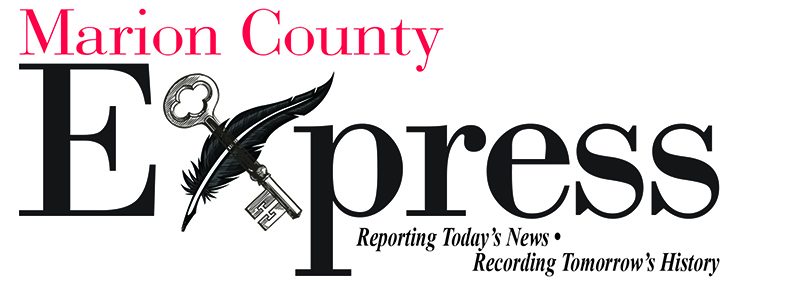By Daniel P. Finney
My full name is Daniel Patric Finney.
There’s no “k” at the end of Patric. Family lore says my Grandma Gertie, whose maiden name was Kelly, said it was more Irish that way. I believe it was a misspelling on my birth certificate, the first of many typos that would haunt me in a life of paragraph stacking. The name was Irish enough that an editor once assigned me to cover Des Moines’ St. Patrick’s Day parade.
I tried to beg off the assignment by pointing out I was adopted and had no idea about my cultural history; I am just an American mutt. I still covered the parade. Luck of the Irish. I note all this because Sunday was St. Patrick’s Day. I’ve been thinking about St. Patrick’s a lot these last few days in the context of the Iowa Legislature’s ongoing debate about changing how social studies is taught in public schools. Under House File 2544, lawmakers want to teach the “study of and devotion to the United States’ exceptional and praiseworthy history.”
In short, the bill calls for folklore to be taught above facts, much the way we think and talk about St. Patrick on St. Patrick’s Day. The problem, of course, is most of what we think we know about St. Patrick is wrong, sometimes cartoonishly so. Patrick (note the “k”) wasn’t Irish. He was British. Patrick was born in the age when the Roman Empire controlled Britain. When he was 16, he was captured by Irish pirates and forced into slavery for six years before he escaped. Slavery ignored or downplayed in the telling of history? At least we don’t do that in teaching U.S. history. Yet.
Patrick eventually became a Catholic missionary and returned to Ireland. The popular fable states that Patrick achieved sainthood by driving the snakes from Ireland. It’s more likely, scientists agree, that Ireland, like New Zealand, never had any snakes. During the Ice Age some 10,000 years ago, the climate in Ireland and New Zealand was inhospitable to the cold-blooded reptiles. This sounds like some climate change nonsense to me and while the Iowa social studies bill doesn’t include anything about ignoring science, it’s not too late to add an amendment. Patrick really earned sainthood for converting druids into Christians.
The “snakes” were native people who worshipped differently than Patrick and thus their ideas needed to be driven out like unwanted reptiles. Sound familiar to how white European colonists treated Native Americans? It won’t if state lawmakers get their way. Two of the most prominent symbols associated with his day of honor are the leprechaun and the four-leaf clover. The typical St. Patrick’s Day cosplayer looks like the Notre Dame mascot: a green top hat with a big gold buckle, a green jacket, and knickers in honor of the leprechaun. The earliest description of leprechauns said the legendary sprites wore red, per Samuel Lover’s 1831 book “Legends and Stories of Ireland.” The modern image of a leprechaun dolled up in green with a red beard and pipe is a mash-up of Irish and other European folklore.
Love was probably just some kind of liberal trying to corrupt future generations by writing history that included facts rather than folklore that served the state. And red? Just more commie propaganda.
The Iowa Legislature will protect our children from such thoroughly researched history, so they are not confused about how great America is. Even the four-leaf clover has no direct tie to St. Patrick. He instead used the three-leaf clover to teach the Christian belief of the Holy Trinity. The combination of science and religion is an idea the Iowa lawmakers love. They’re debating whether to make school children watch “Meet Baby Olivia,” a scientifically inaccurate video about fetal development made by an anti-abortion group.
The idea that Americans would celebrate their Irish heritage — and others would pretend to have it — is relatively new. When droves of Irish immigrants fled the potato famine in the 1840s, they were treated as low-class human beings drawn in newspaper cartoons as short, violent drunks.
America was dominated by Protestant ideology while the Irish were overwhelmingly Catholic and openly discriminated against for employment and housing. A group of people discriminated against because of their religion and country of origin? This sounds vaguely familiar to some other problems in the “exceptional and praiseworthy history” of the United States.
Don’t worry. Our schoolchildren soon won’t be troubled by the discomfort of critical thinking. In Iowa schools, America is great and just and always has been.
U.S.A.! U.S.A.!! U.S.A.!!!
The one thing we get right about St. Patrick’s Day is booze. The holiday’s first celebration occurred in 466, five years after Patrick died. The highly religious affair came with a feast and alcohol. That’s good.
If these education bills get the signature Gov. Kim Reynolds, our Great Leader who Descended from Heaven, we’ll all need a drink — especially the teachers.















